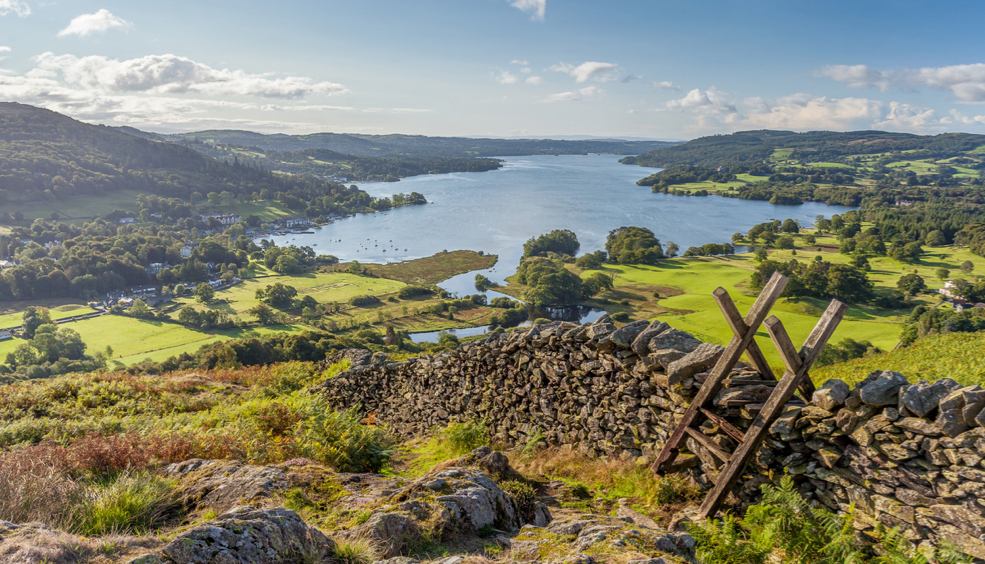What makes Barcelona so family-friendly?
Plenty of things to do with children, such as the Poble Espanyol, Parc de la Ciutadella, L’Aquàrium Barcelona… the list goes on and on. But it's also a city designed to be enjoyed as a family, with hundreds of restaurants to please the tastes of adults and children alike. Plus, the size of the city means that it's easy to get around, whether by public transport or even on foot.
more info3 MAGICAL PLANS IN LONDON FOR HARRY POTTER FANS
It doesn’t matter which house you belong to: Gryffindor, Hufflepuff, Ravenclaw or Slytherin. Here are three magical plans (also suitable for kids!) for you to enjoy in the Muggle city of London.
more infoThe best national parks in Europe
Europe is home to a constellation of spectacular national parks, some of them UNESCO world heritage sites. Grab your boots, we're leaving!
more infoTAKING A FAMILY HOLIDAY? THE BEST RESTAURANTS IN BARCELONA
Your family holiday to Barcelona is approaching and after discovering the cultural and leisure attractions you'll be looking for good places to eat. Take note of these key addresses for wholesome family time.
more info




